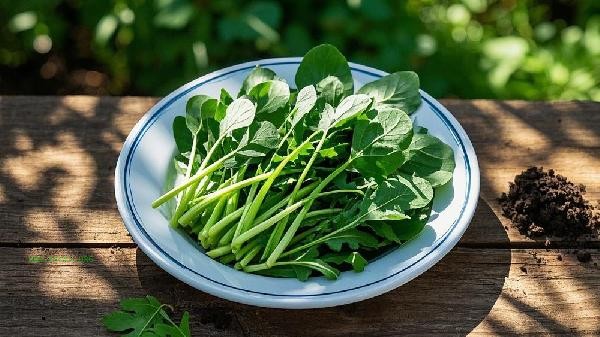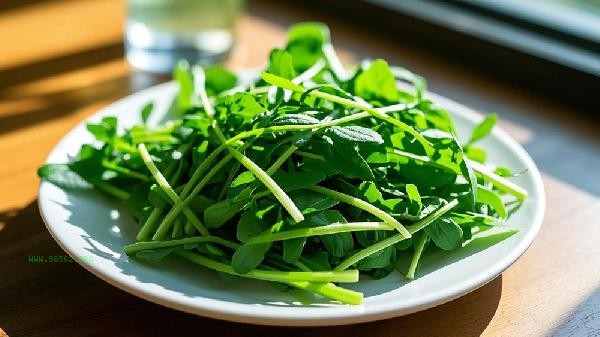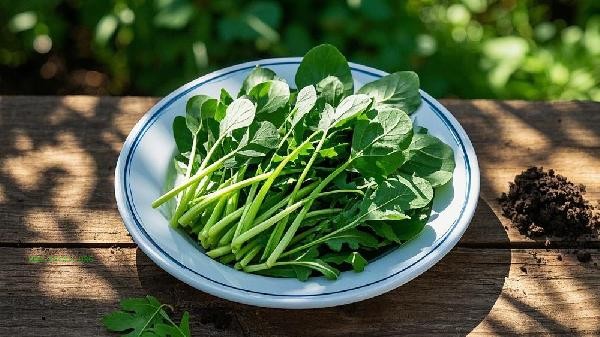The wild vegetables in the field mainly include shepherd's purse, purslane, dandelion, bitter cabbage, gray cabbage, etc. These wild vegetables not only have unique flavors, but are also rich in various vitamins, minerals, and dietary fiber, which can help supplement nutrition when consumed in moderation.

1. Shepherd's purse
Shepherd's purse is a common wild vegetable in spring, with feather shaped leaves and a fragrant and slightly sweet taste. Rich in vitamin C and calcium, it helps enhance immunity and bone health. It can be cold mixed, stuffed, or boiled in soup, but it is important to clean thoroughly to avoid residual sediment or pesticides.
2. Purslane
Purslane has thick and juicy stems and leaves, a slightly sour taste, and is rich in omega-3 fatty acids and potassium elements. It has the function of clearing heat and detoxifying, suitable for summer cold dishes or stir fried food. People with spleen and stomach deficiency and cold should consume in small amounts to avoid causing gastrointestinal discomfort.
III. Dandelion
Dandelion can be consumed as a whole plant, with tender leaves that have a bitter and sweet taste. It contains active ingredients such as dandelion alcohol and choline. Can promote bile secretion and aid digestion. Common ways of eating include blanching, cold mixing, or boiling tea. Picking before flowering provides a better taste.

4. Bitter Vegetables
Bitter vegetables have serrated edges on their leaves, a bitter taste with a hint of sweetness, and contain substances such as chicory acid and bitters. Has anti-inflammatory and fire reducing effects, suitable for stewing with eggs or tofu. Women with a cold constitution or during menstruation should not consume excessive amounts.
5. Grapefruit
Grapefruit leaves have white powdery substances on the back, tender stems and leaves with a soft and tender taste, rich in carotenoids and iron elements. It can be stir fried or made into soup, but it needs to be blanched to remove oxalic acid. Individuals with renal insufficiency should consume with caution to avoid exacerbating metabolic burden. When picking wild vegetables, it is necessary to choose a pollution-free environment and avoid areas such as roads and farmland where pesticides may be sprayed. Soak and clean thoroughly before consumption, and blanch some varieties to remove astringency. The first attempt should be to eat in moderation and observe for any allergic reactions. Chronic disease patients and pregnant women are advised to consult before consumption to ensure food safety. Reasonable combination of wild vegetables and conventional vegetables can enrich dietary diversity, but it should not completely replace daily vegetable intake.









Comments (0)
Leave a Comment
No comments yet
Be the first to share your thoughts!